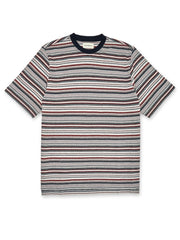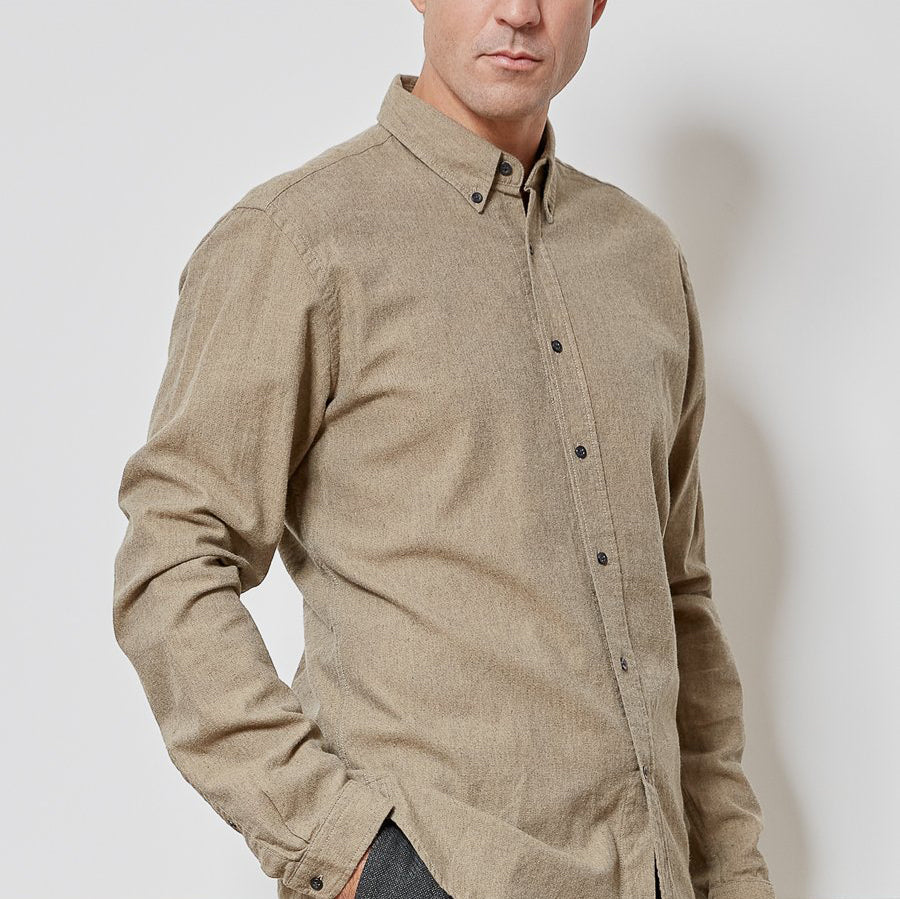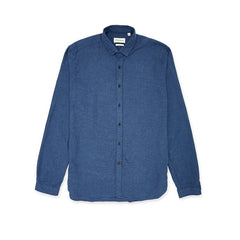At Oliver Spencer, quality and equality have always been embossed in our modus-operandi. We strive to work with suppliers and factories that share the same appreciation for the quality of their output and welfare for their workers as we do. In addition to this, we are constantly reviewing how we can improve our carbon footprint as a business - one of the best ways to do this is by focusing on the raw materials that we use to make our clothing; specifically cotton The fibre makes up about 55% of the entire textile industry so small changes in the sustainability of production can have huge leveraged effects. Over 25 million tonnes of cotton are produced every year in around 85 countries, with over 60% of it grown and produced in developing countries, providing a livelihood for over 100 million farmers.
"A love of fabric is why I got into this business nearly 20 years ago," says Oli, "and it's this same love of fabric that makes going organic so important to me. You've got to understand that traditional cotton farming has a huge footprint on the environment, but when organic cotton is discussed, it isn’t always clear why making the switch can have such a profound impact," he says. "Conventionally grown cotton in some cases can be one of the most environmentally damaging and socially harmful parts of the fashion industry due to its excessive use of insecticides and water. As a designer and maker of clothes, the best thing I can do is use organic cotton wherever I can."
Cotton accounts for 2.5% of world agriculture, but it uses a disproportionate 16% of world insecticides, which are toxic for humans and the natural environment.

"By using organically grown cotton we can eliminate the use of these harmful insecticides. It's easy to forget that there are growers and handlers of this raw state cotton who are coming into contact with this stuff everyday, so it's our duty to minimise the danger," says Oli.
The overall carbon footprint of organic cotton is reduced through improved soil fertility and the elimination of greenhouse gases caused by non-organic insecticides and fertilisers. Furthermore, less water is required, not only through irrigation but also through eradicating water involved in creating non-organic inputs such as synthetic insecticides and fertilisers. Water use is subject to growing regions, but rain-fed crops are much more commonplace with organic cotton, and once the water has been used it will not contaminate other sources, and can even be used again.


BOX T-SHIRT SANDERS RED MULTI |
BOX T-SHIRT SANDERS GREEN MULTI |
"This is why we are increasing the percentage of the organic cotton used in our collections year-on-year," explains Oli. "It will not be an easy transition and will take us time to develop fabrics with our current suppliers as well as finding new suppliers to meet our needs. However, we are fully committed and hope to be mainly organic in the not too distant future. At the end of the day, we want to produce the best-quality clothes with as small an environmental footprint as possible, and using organic cotton will go a long way to achieving this."

|
BROOK SHIRT ABBINGDON FAWN |
BROOK SHIRT ABBINGDON GREY |
CLERKENWELL TAB SHIRT PIPPEN BLUE |
Click here to shop Oli's edit of his favourite organic cotton pieces from the new Autumn collection.




